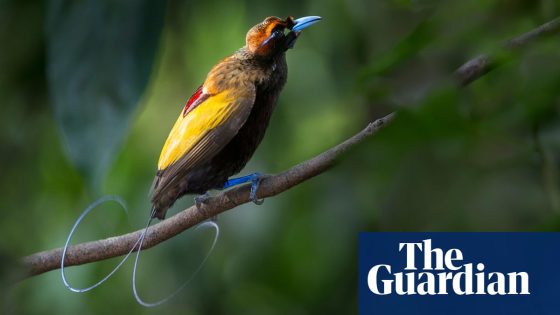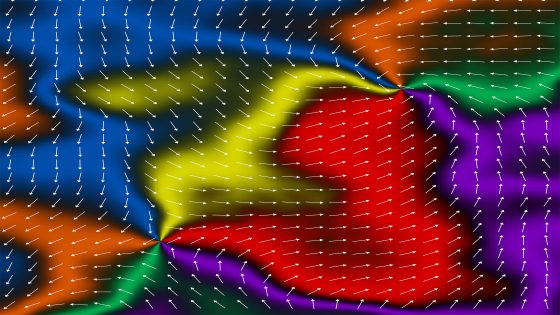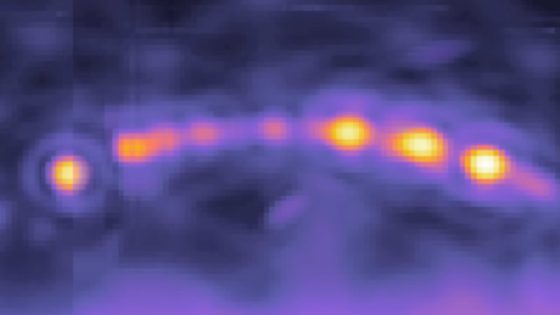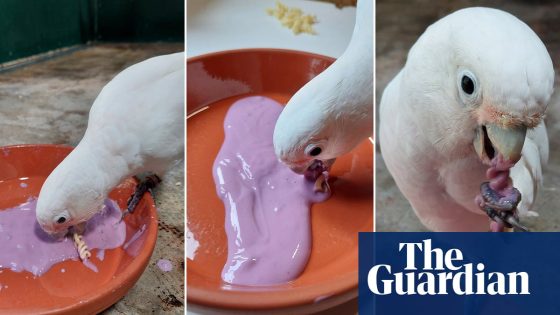Birds-of-paradise are not just beautiful; they have a dazzling secret. Recent research reveals that many species of these vibrant birds emit light through their plumage. This discovery, published on February 12, 2025, opens new doors to understanding their unique behaviors and visual communication.
- Birds-of-paradise exhibit biofluorescence.
- 37 out of 45 species show this trait.
- Biofluorescence enhances courtship displays.
- Females may use biofluorescence for camouflage.
- Study published in Royal Society Open Science.
- Research reveals new insights into avian behavior.
Birds-of-Paradise: A Colorful Display of Biofluorescence
What if the birds you admire could glow in the dark? Researchers have found that many birds-of-paradise possess biofluorescent features. This means they can absorb UV or blue light and emit it at lower frequencies, making their colors even more vivid. Such traits are not only stunning but also play a role in their mating rituals.
How Biofluorescence Enhances Courtship in Birds-of-Paradise
The study highlights how biofluorescence affects the courtship displays of male birds-of-paradise. These birds often perform elaborate dances to attract mates, and the emitted light makes their displays even more eye-catching. Here are key points from the research:
- 21 male species show biofluorescence on their feathers.
- Females of 36 species also exhibit this phenomenon.
- Biofluorescence may enhance brightness against dark plumage.
- It could serve as camouflage for females in their habitats.
Understanding the Science Behind Biofluorescence
Researchers studied preserved specimens under blue light to measure emitted wavelengths. The results indicated that males displayed biofluorescence on various body parts, including head and tail feathers. This research not only uncovers the beauty of these birds but also provides insight into their evolutionary history.
The Role of Biofluorescence in Avian Communication
Biofluorescence may serve different purposes for male and female birds. For males, it enhances visibility during courtship. For females, the patterns may help with camouflage, allowing them to blend into their surroundings. This dual function highlights the complexity of avian communication and survival strategies.
In conclusion, the discovery of biofluorescence in birds-of-paradise adds a fascinating layer to our understanding of these extraordinary creatures. As researchers continue to explore their vibrant world, we may uncover even more secrets about their behaviors and adaptations.

































